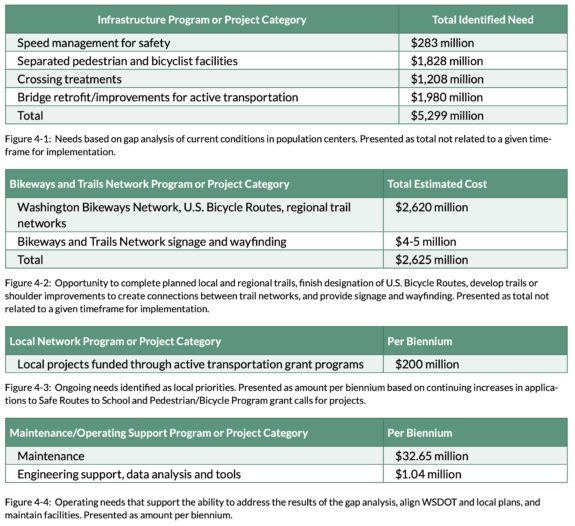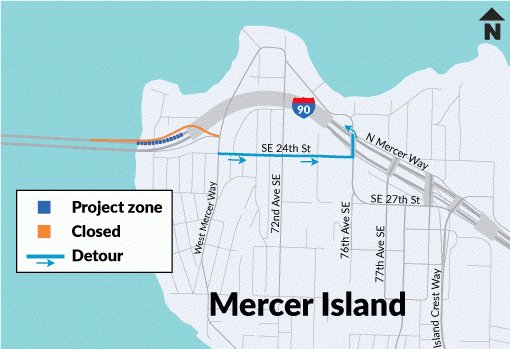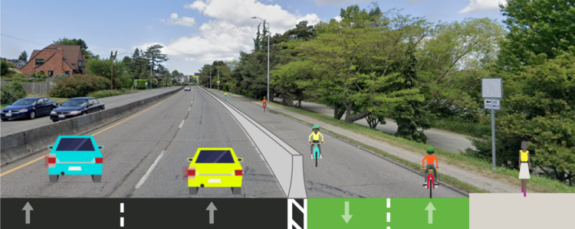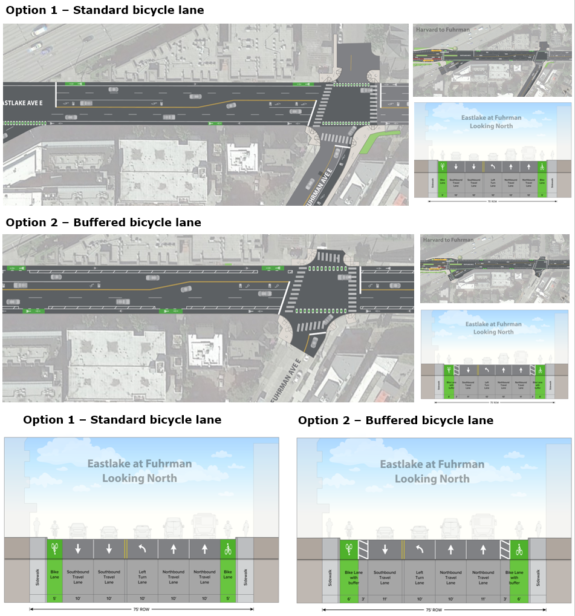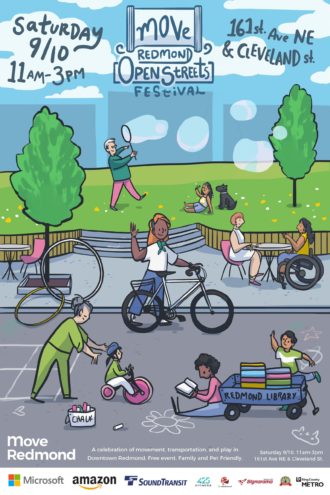A Week Without Driving is fairly straightforward: It’s a challenge that asks people who typically drive to go a week without using their car. It can be a powerful experience for individuals who take it on.
But the Disability Mobility Initiative at Disability Rights Washington is not only challenging the general population, they purposefully reach out to people in positions of power over how our streets, transit systems and budgets work. They also center the action around people across the state who cannot drive, whether due to disability, age, income or any other reason. This gives the challenge a different feel than similar efforts like Cascade’s annual Bike Everywhere Challenge, which encourages people to choose to try biking. For A Week Without Driving, it’s about people who don’t have that choice.
There are people in every Washington community who cannot drive. While there are pockets of the state with quality transit, biking and walking conditions, people everywhere need access to convenient mobility. So Disability Mobility Initiative did not only reach out to political and transportation leaders in dense urban areas. They reached out to leaders in suburban and rural areas as well. This could be a great opportunity for folks to engage their local leaders on issues affecting people who don’t drive, so check your local leaders’ social media pages to see if they are taking the challenge.
You can sign on to the challenge online. I also highly recommend reading this excellent op-ed by Disability Mobility Initiative organizer Anna Zivarts in the Stranger:
Rather than minimizing the mobility needs of those of us who can’t or don’t drive, we should be celebrating and encouraging nondrivers, especially those young people who understand the extraordinarily high costs of car dependence and who are choosing not to feed into this dysfunction.
For people who have spent decades centering their lives around vehicle ownership, it may be impossible to imagine our country without car-dependent mobility. But those of us who are nondrivers are already working towards a different future. A future where you don’t need to worry that your car payment eats one-third of your paycheck, where you can let your kids walk to school on their own because there are sidewalks the whole way, where the light rail station is surrounded by affordable apartments rather than parking garages. A future where you could get from one rural community to the next because we run rural bus routes or rebuild our rail network, where you can still get to all our national parks even if you don’t have a car.

